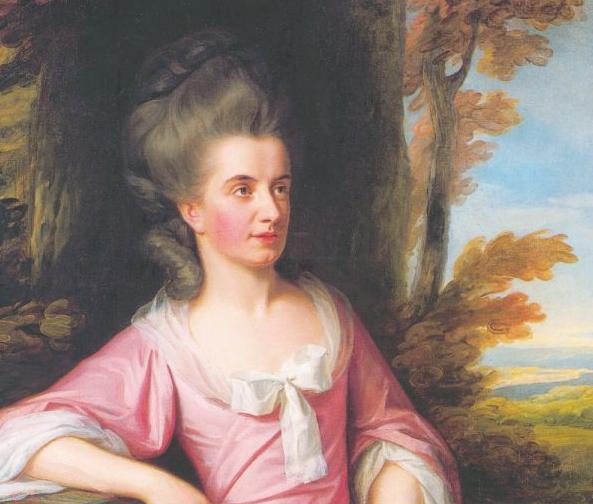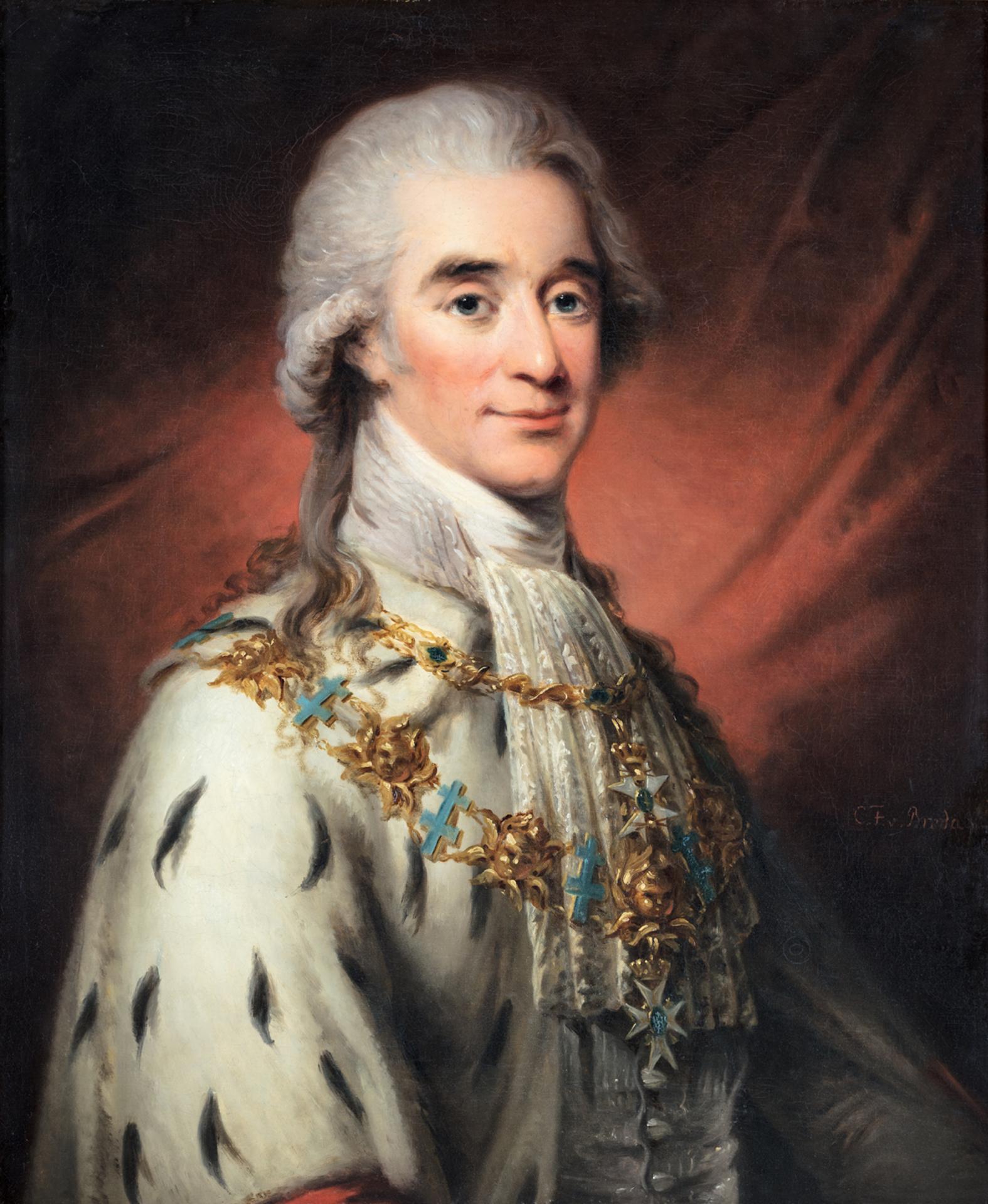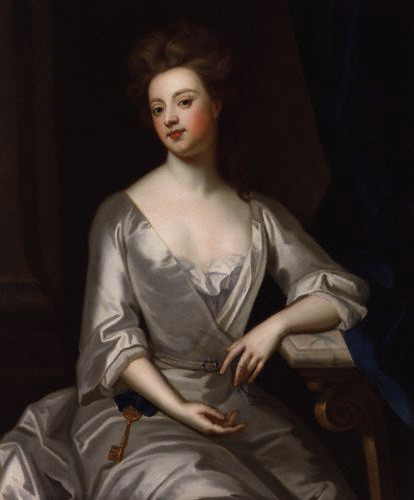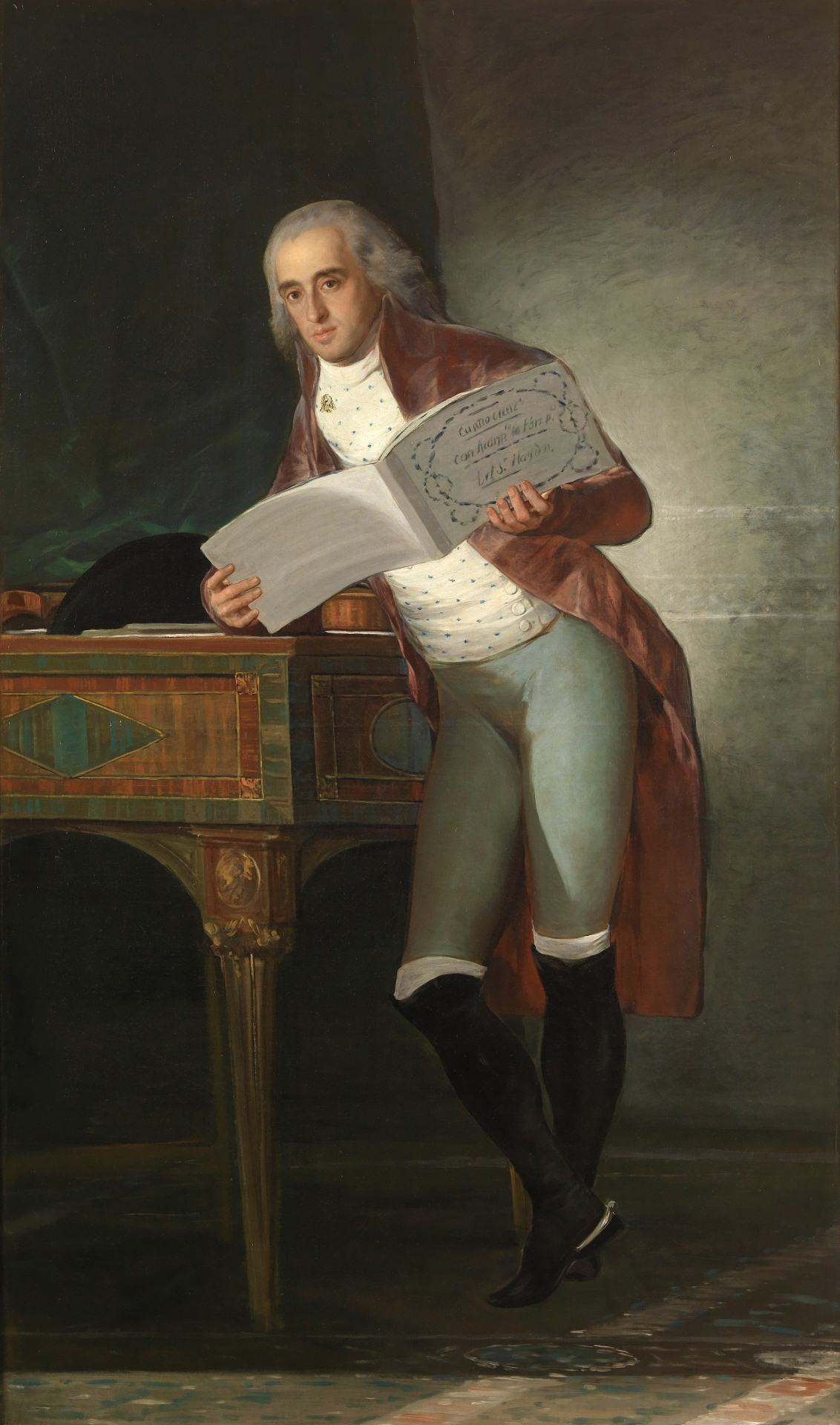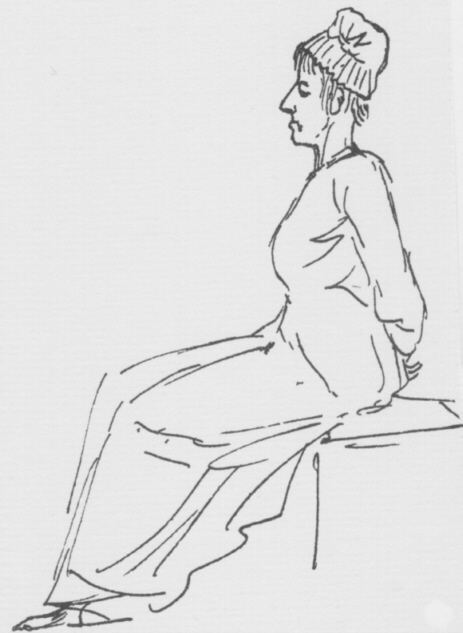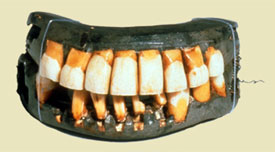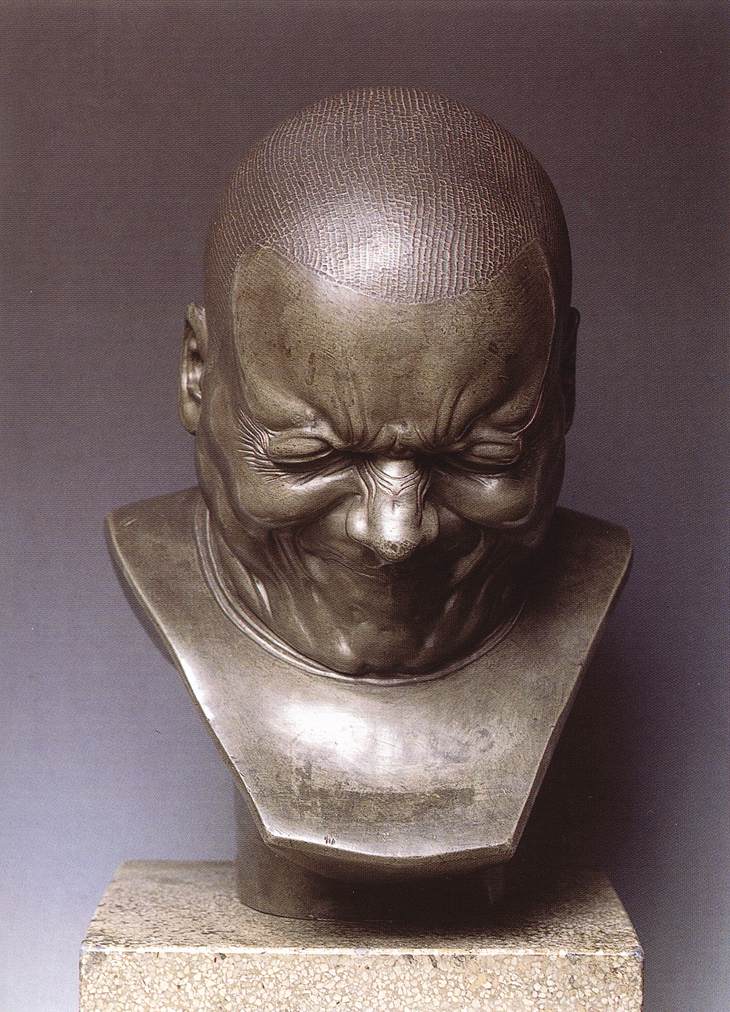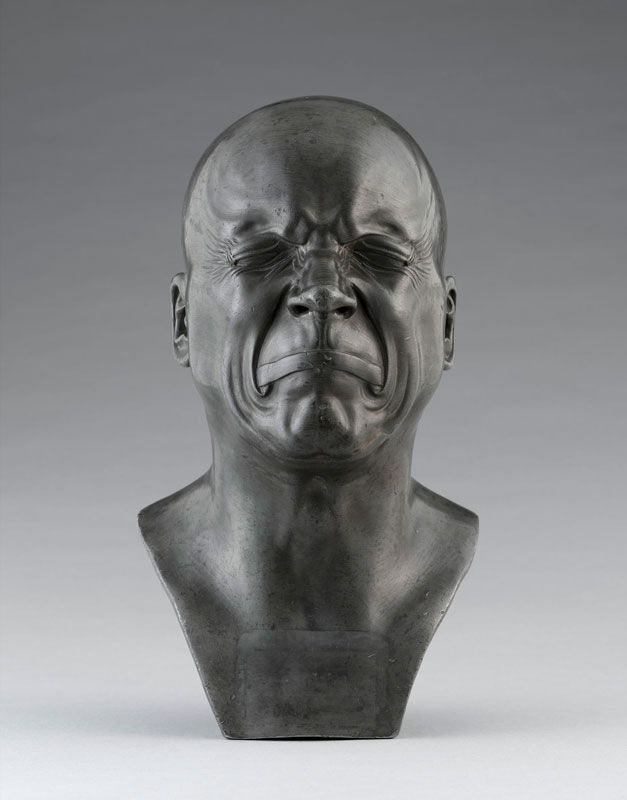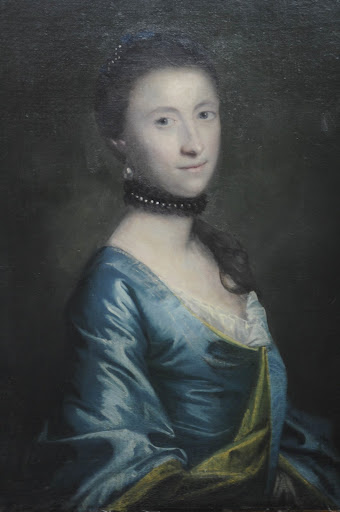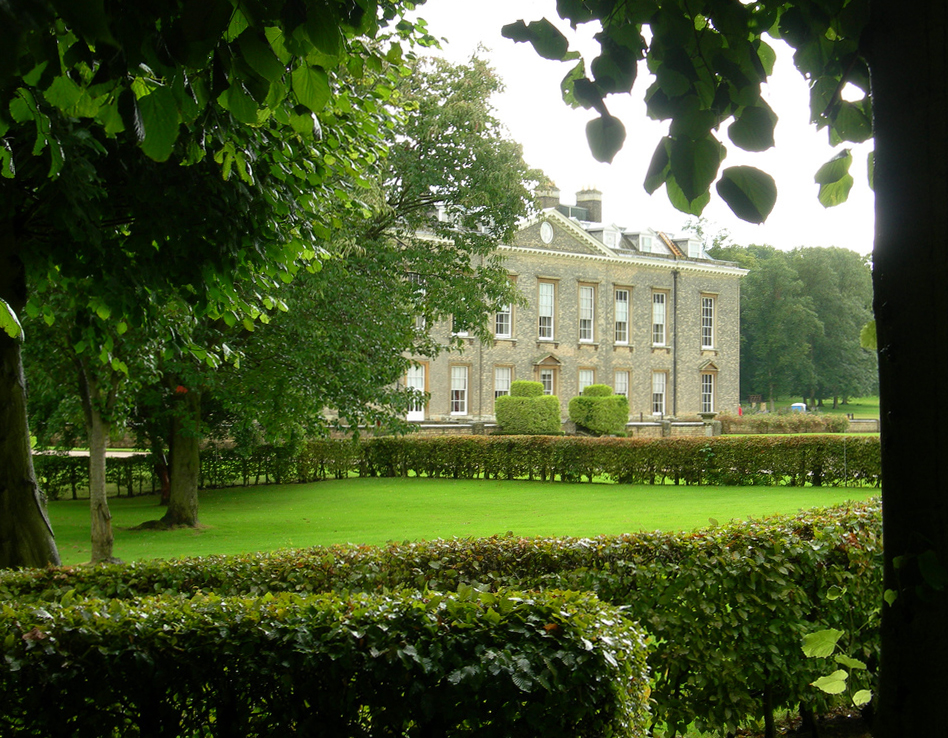 March 30 marks the anniversary of Georgiana's death. After battling with various health issues for years the Duchess of Devonshire succumbed and faded from the world at 3:30 the morning of March 30, 1806. If anyone had any doubts as to how beloved Georgiana was in her lifetime, the many reactions to her death speak for themselves.
March 30 marks the anniversary of Georgiana's death. After battling with various health issues for years the Duchess of Devonshire succumbed and faded from the world at 3:30 the morning of March 30, 1806. If anyone had any doubts as to how beloved Georgiana was in her lifetime, the many reactions to her death speak for themselves."For no less than 33 years have we seen [The Duchess of Devonshire] regarded as the glass and model of fashion , and amidst the homage which was paid to her, she moved with a simplicity that proved her to be unconscious of the charm which bound the world to her attraction."
Morning Chronicle, March 31, 1806
"I am no longer calm, no longer soothed. I cannot describe my own feelings."
"You have never known what it was to loose a friend to whom your whole heart was open, to whom you loved with all the strong ties of natural affection and choice, habit, similarity of character added to it."
"The best natured and best bred woman in England is gone."
The Prince of Wales
Georgiana's body lay in state in the Great Hall of Devonshire House for five days. The same room which held many balls and grand social events now held her open casket among dismal black drapes adorning the walls. Thousands lined Piccadilly in order to pay respects, many of which had never known Georgiana, but still wanted one last glimpse of their favourite celebrity. On Easter Day the coffin lid was closed and people such as Harriet and Bess were overcome with emotion. The funeral procession would go through the throngs of onlookers of Piccadilly on its way to Derby Cathedral. Bess wrote her observations of Hart at his mother's funeral procession which bring back memories of the John F. Kennedy and Princess Diana funerals,
Never shall I forget Hartington's look & figure as I saw him in the Great Hall as if to attend on her poor Mother there & then on the steps, fixed without his hat, his innocent interesting countenance & looks bent to the last on the Coffin as it was carried slowly down the steps & on the Hearse as it was placed within. He did not appear to weep, but his whole soul seemed absorbed by what was passing. The morning just began to dawn, all was reviving to light & life, but her, her! who was our light & life.



